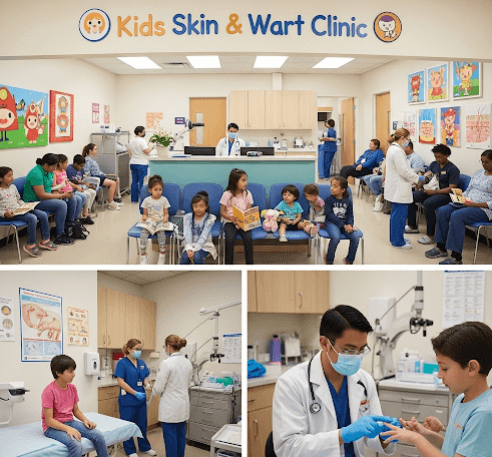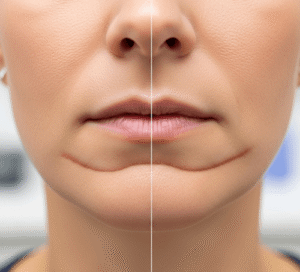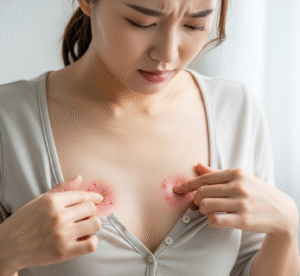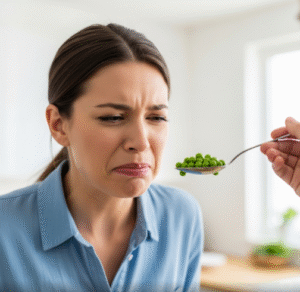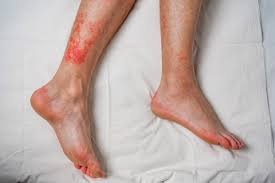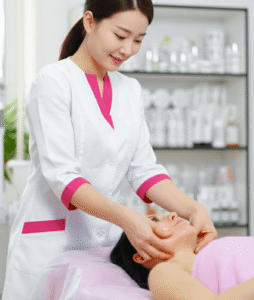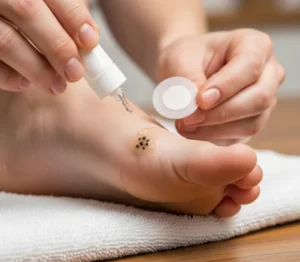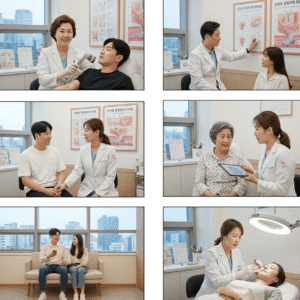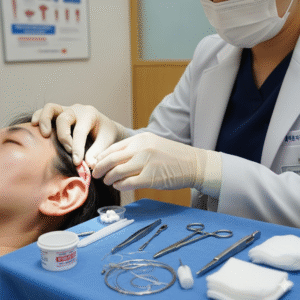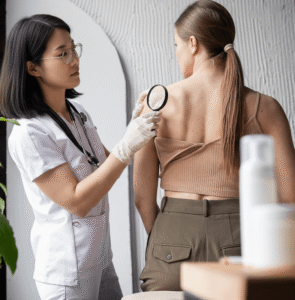Specialized dermatology care for safe and effective wart treatment in children
What it is
Pediatric warts (verrucae) are benign skin growths caused by the human papillomavirus (HPV). They are common in children because their immune systems are still developing and they are frequently exposed to shared environments such as schools, swimming pools, and playgrounds.
Warts can appear on the hands, feet, face, or other body parts, and while harmless, they may cause discomfort, embarrassment, or pain. In children, warts may spread quickly due to scratching or picking.
A pediatric wart clinic specializes in diagnosing and treating warts in children using child-friendly, safe, and minimally invasive techniques. In Korea, these clinics combine dermatologic expertise with a focus on comfort, cosmetic outcomes, and parental guidance.
Why it’s done
Treatment of pediatric warts is important for multiple reasons:
✔ Preventing spread – Warts can multiply or spread to other children through contact.
✔ Reducing discomfort – Plantar warts on the feet may cause pain when walking.
✔ Cosmetic reassurance – Visible warts on hands or face can lead to embarrassment.
✔ Protecting skin integrity – Persistent scratching or trauma may cause infection.
✔ Psychological relief – Both parents and children gain peace of mind with treatment.
Alternatives
Several treatment options exist for pediatric warts, depending on size, location, and child tolerance.
→ Observation – Many warts resolve spontaneously within 1–2 years as the immune system clears the virus.
→ Topical treatments –
- Salicylic acid preparations to gradually peel away wart tissue.
- Immune-boosting creams such as imiquimod (rarely used in children, but possible).
→ Cryotherapy – Freezing the wart with liquid nitrogen; effective but sometimes painful.
→ Electrosurgery – Burning the wart with electrical current; generally avoided in younger children due to discomfort.
→ Laser therapy – Targeted destruction of wart tissue using CO₂ or pulsed-dye lasers.
→ Immunotherapy – Stimulating the immune system to fight HPV, used for resistant cases.
In Korea, clinicians often combine gentle topical treatments with advanced technologies for better cosmetic results.
Preparation
Before treatment, pediatric wart clinics ensure children and parents are well-prepared.
➤ Diagnosis confirmation – Dermatologists confirm the lesion is a wart and not another skin condition.
➤ Medical history – Including allergies, immune disorders, or prior treatments.
➤ Parental counseling – Explaining treatment options, expected results, and possible discomfort.
➤ Child-friendly environment – Many Korean clinics provide play therapy or distraction methods to reduce anxiety.
➤ Skin care guidance – Parents are advised to keep the area clean and prevent scratching.
How it’s done
Treatment depends on the method chosen, but clinics in Korea focus on child-friendly techniques.
➔ Topical therapy –
- Salicylic acid gels or plasters applied at home or in clinic.
- Safe, painless, and effective for smaller warts.
➔ Cryotherapy –
- Liquid nitrogen applied for a few seconds.
- Causes a blister and eventual wart shedding.
- Sessions repeated every 2–4 weeks until clearance.
➔ Laser therapy –
- CO₂ or pulsed-dye laser destroys blood vessels feeding the wart.
- Provides precise removal with minimal damage to surrounding tissue.
➔ Immunotherapy –
- Injection or topical application of agents to stimulate an immune response.
- Used for resistant or multiple warts.
➔ Comfort measures –
- Numbing creams or mild anesthesia may be used to reduce pain.
- Distraction techniques (music, video screens, or toys) help children stay calm.
Recovery
Recovery from pediatric wart treatments is usually quick.
→ Topical therapy – Minimal downtime; mild peeling or redness may occur.
→ Cryotherapy – Redness, swelling, or blistering may last a few days.
→ Laser therapy – Scabs form and heal within 1–2 weeks.
→ Children can continue daily activities normally, though protective dressings may be advised.
→ Parents are instructed to avoid scratching, picking, or sharing towels to prevent spreading.
Complications
Most wart treatments are safe, but potential complications include:
✔ Pain or discomfort during and after therapy.
✔ Blistering or mild scarring, especially after cryotherapy or laser.
✔ Skin pigmentation changes – temporary lightening or darkening at the site.
✔ Recurrence – Warts may return, especially if the child’s immune system has not fully cleared HPV.
✔ Emotional stress – Young children may fear procedures; pediatric clinics minimize this with supportive care.
Treatment options in Korea
Korea is a leader in pediatric dermatology, offering advanced wart management tailored to children.
➤ Child-focused clinics – Designed for comfort, with playful settings to reduce anxiety.
➤ Advanced technology – Use of pulsed-dye lasers, CO₂ lasers, and cryotherapy systems optimized for children.
➤ Integrated care – Combination of topical therapy and laser ensures high clearance rates with minimal scarring.
➤ Cosmetic precision – Treatments are performed with an emphasis on preserving natural skin appearance.
➤ Parental education – Korean clinics provide guidance on preventing recurrence and managing warts at home.
➤ Medical tourism readiness – Clinics in Seoul and Busan offer bilingual services and family-centered care for international patients.
➤ Research and innovation – Korean pediatric dermatologists are active in developing new protocols for immunotherapy and non-invasive wart removal.
By seeking care in Korea, children benefit from world-class dermatology, gentle treatment methods, and excellent cosmetic outcomes, making pediatric wart clinics highly trusted by families.

